Let’s raise our glasses to a better future using Edge AI and TinyML for a more convenient and fun life.
Think of a situation where your toaster can tell you before the toast burns, or the headphones can adjust the noise cancellation depending on how stressed you are. That’s the future enabled by Edge AI and TinyML, the tech duo that are rewriting data processing as we know it today. These tiny wonders will not make our lives cluttered with obsolete computers and cloud connections; they will make the gadgets we use every day intelligent, right from their source. Intrigued? Hence, say goodbye to sci-fi movies, since the future is all around and they’re conveniently pocket-sized. However, what are Edge AI and TinyML? That may be your question here. The answer to this question deserves a deeper dig, especially from a user point of view. So let us head straight into it and determine how this technology is poised to redefine the world, one little chip at a time!
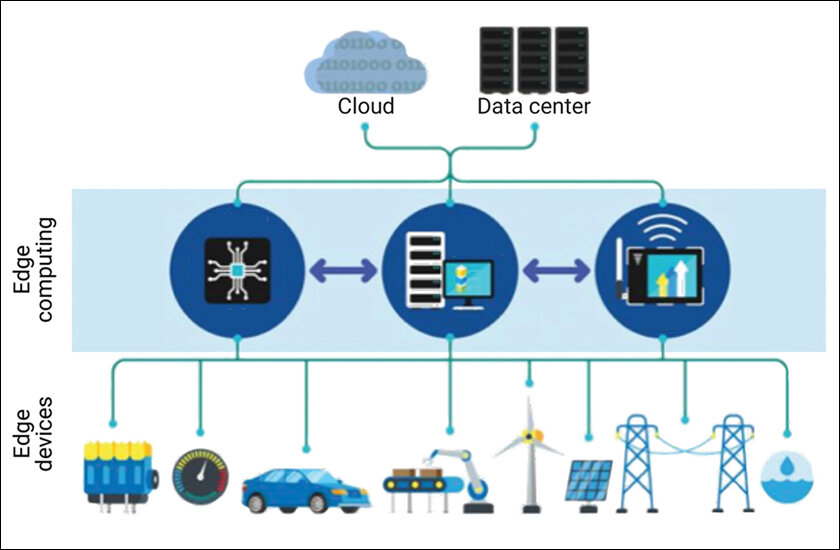
Understanding Edge AI and TinyML
Edge AI is a concept that involves implementing smart AI algorithms on devices such as smartphones or Internet of Things sensors rather than relying on some central server. Therefore, fast-paced decision-making and no-hassle internet will become the norm due to smart devices’ capacity to have permanent connectivity. Imagine this: You’re in a huge traffic jam in the central part of town. With the help of Edge AI, traffic lights can flag off traffic conditions right in the moment, thus automating flow and cutting down on your commute time. With that all, no more waiting for data to exchange with some server; instead, the decisions will be made at the intersection itself!
Now let’s get into TinyML. It’s like cramming all that AI brainpower into extremely compact devices with limited power and memory. Tiny, but mighty! Let’s consider personal safety as an instance. Imagine yourself using the glasses with TinyML capabilities built in. Remember Jarvis from Iron Man? Indeed, it is just like having your own personal Jarvis in your glasses! These glasses use machine learning to recognise obstacles and dangers while you are walking down a crowded street, giving you audio cues on time to navigate safely at the right moment, and guess what? They run just fine without draining your battery or relying on the internet all the time!
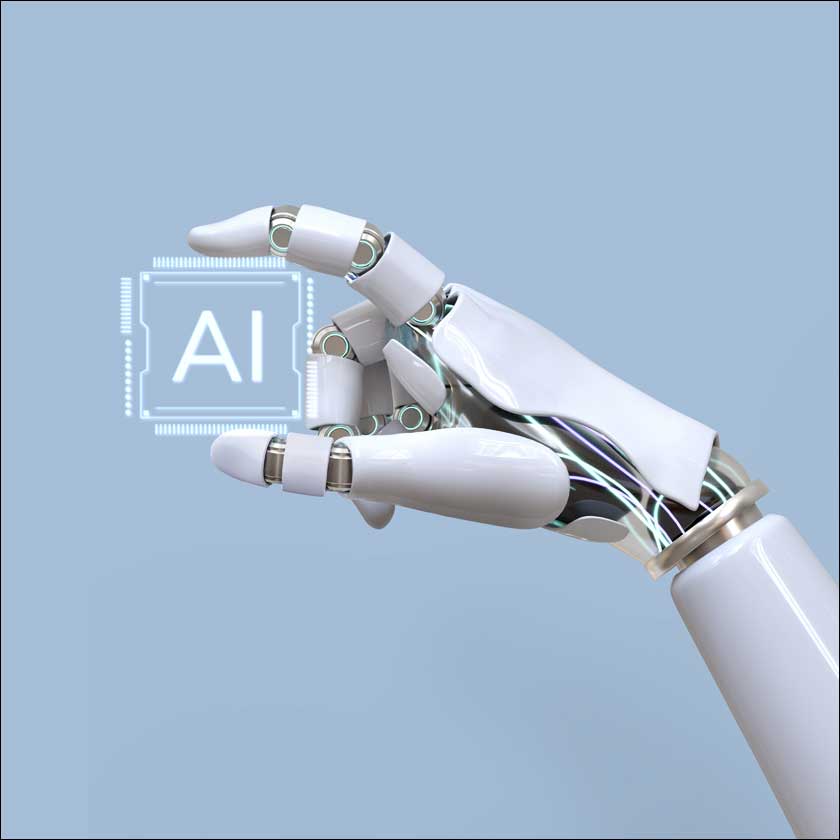
Nowadays, these innovations aren’t just changing the game; rather, they are refashioning the whole framework! From reducing energy consumption in intelligent homes to developing agriculture systems with super-accurate methods, Edge AI and TinyML embrace the spirit of change and improve living conditions. They are like the sauce that makes the device more intelligent, which creates a smoother and better experience. Thus, the next time you are amazed by the phone’s voice recognition or love the seamless convenience of the smart home setup, you appreciate them-they are the actual magic behind the scenes!
Use cases of edge AI and TinyML
Edge AI and TinyML trigger a disruption in the area of applications, which now offers the comfort and speed we wanted for our daily activities. Consider how smart IoT devices will be such a fundamental part of our surroundings; this will allow our homes, offices, and communities to be both smarter and more secure. Ranging from improving industrial processes to boosting healthcare by means of remote patient monitoring, these technologies are striking it big.
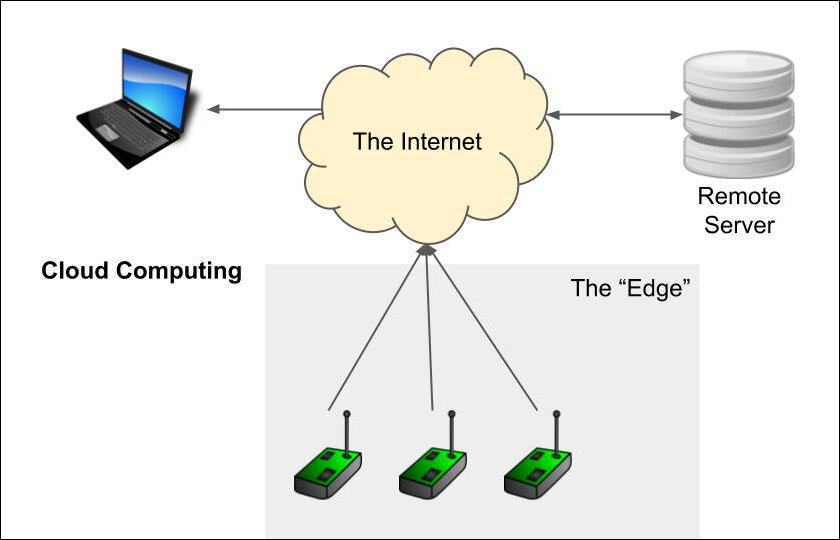
When it comes to the industrial domains, Edge AI and TinyML are the ones that lead the way. Motors equipped with sensors in factories have algorithms of Edge AI responsible for sensing work processes and wishing to repair the plant before the failure occurred, which means that the stop time and productivity are increased. Additionally, in the healthcare area, wearable devices powered by TinyML are equipped with continuous tracking of vital signs, which notifies early warnings of any possible health issues, thus allowing proactive medical intervention.
In the transport sector, autonomous vehicles are being transformed by the implementation of Edge AI. The real-time decision capability on board allows for a reduction in the risk of an accident, and the route of the trips comes at the right time. Also, smart cities see the importance of Edge AI in stipulating traffic light operation and air quality checking, which in turn ensure better traffic management and decreased emissions.
Benefits and Drawbacks of Edge AI and TinyML
Edge AI and TinyML have innovative advantages with the potential to reduce the cost of computation for both average consumers and businesses. These technologies not only provide valuable real-time data but also minimise waste. Sundar Pichai, the head of Alphabet Inc., indicates that “Edge AI reduces the distance between data generation and data processing time, so decision-making is fast and correct.” This is done by ensuring on-device data processing, which in turn drastically reduces latency and ensures swift responses without the need for a distant server every time. It is no wonder, after all, that the user interfaces of smart home gadgets as well as autonomous vehicles have a much smoother flow of operation and much fewer issues. In addition to that, TinyML can dynamically operate more complicated machine learning models on low-resolution devices such as smartwatches or sensors, and thus it barely uses a very small amount of communication as well as less energy. High efficiency does not only improve the performance of smart products but also results in a more economical way and environmental friendliness.
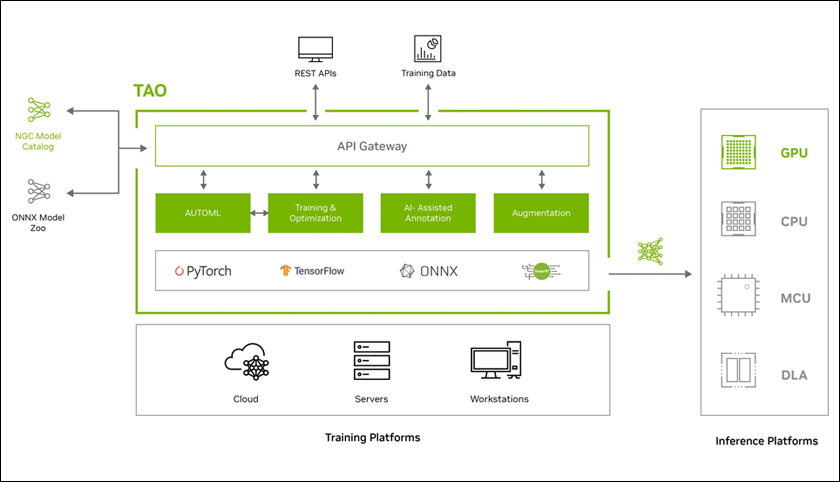
While Edge AI and TinyML have the utmost potential, they are not without their challenges. As per the words of the CEO of NVIDIA, “Jensen Huang,” the Edge AI calls for a trade-off between performance and power efficiency. However, increasing advancements in memory and processing power are likely to be a crucial issue. Basically, we need smart strategies of model compression and quantization that strike a proper balance between accuracy and the necessity of resource consumption. On the other hand, another issue is maintaining data security and privacy for the data being processed at the edge. With an increased amount of sensitive data being stored locally, formidable encryption and authentication tools must be in place to stop unauthorised intrusion or data leakage. Furthermore, the diversity of edge devices and environments complicates the development and deployment of standardised solutions. Each device would have its own hardware and software problems that need to be addressed accordingly, thus calling for different ways of integrating solutions. Even though these difficulties are faced, continuous research and work together in the tech community play a key role in the development of edge AI and TinyML improvements, which eventually lead to a wiser and more connected future.
Future Trends and Innovations
The emergence of more sophisticated and reliable edge computing technologies is greatly dependent on the development of 5G networks, as they can present speeds that are far faster than what was previously possible. This cosy interchange between Edge AI and 5G has, therefore, redefined the possibilities and made them limitless, as ultra-fast self-driving cars and instant smart city infrastructures become a reality.
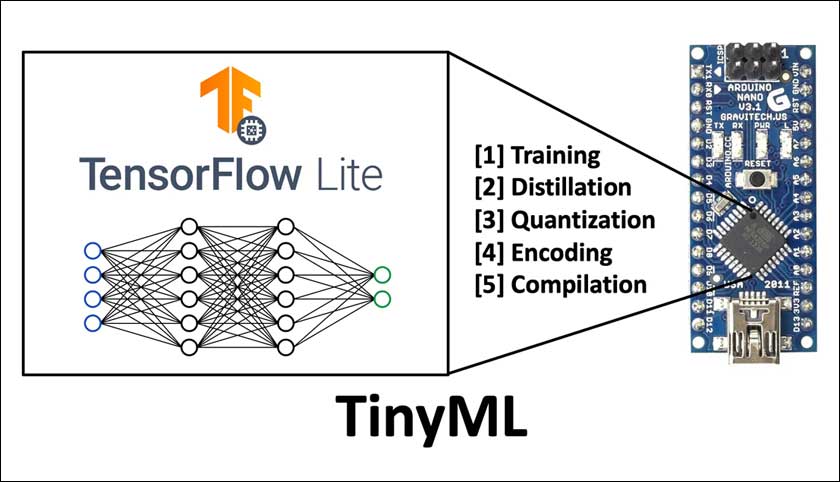
Additionally, the endless quest for more compactness and cutting-edge optimisations of TinyML models is opening the doors for the upcoming era of AI in household gadgets. These innovations are not just limited to the tech aspects; they are ready to bring meaningful transformation into our lives. Try to think about your wristband fitness tracker becoming even smarter, providing your body with health insights that cannot be compared with any other type of insight.
The other major challenge is striking a balance between the requirement of the high-end device to maintain accuracy and the limited abilities of edge devices to do this. This involves training and deploying machine learning models on devices that have very limited computing power and memory, which can be a serious challenge. On the positive side, cutting-edge research and hardware developments are mainly focused on overcoming such issues. Companies like Nvidia and Qualcomm are working on specially developed processors targeting edge AI that will make solutions more efficient and scalable. With every incremental step, the field will be closer to common adoption, bringing with it both the simplicity and ubiquity of data processing. Ultimately, the more we accept and employ edge AI, the closer we are to having a future where data processing becomes seamless and integrated into our daily lives.
Success stories and concluding words
There are many success stories in the field of edge AI and TinyML that paint a picture of a time when technology and pragmatism coexist. Visualise what could be a shopping centre that runs on TinyML and Edge AI. As the sensors are placed in all areas of the warehouse, the process of controlling and tracking inventory automatically becomes easier. Edge AI algorithms analyse data and, in real-time, can predict demand patterns as well as determine stock replenishment levels. Consequently, shelves are stocked with the proper items even if they are not in season, thereby diminishing the possibility of dilemmas and guaranteeing timely order fulfilment.
And what about agriculture? With Edge AI and TinyML, farming isn’t just a profession; it’s an IoT symphony of sensors and drones that manages a healthy crop and the soil’s harmony. It is farming, but a sustainable kind of farming-it is both feeding the world and protecting the planet on which we live.
Therefore, let’s keep in mind that although there will be a huge amount of data and algorithms between us, there is still room for a little fun too. Lastly, to echo what Albert Einstein said, “The only source of knowledge is experience, and you can learn to buy more milk before it runs out.” So let’s raise a glass to a better future using Edge AI and TinyML for a more convenient and fun life. May tiny tech lead to big impacts!



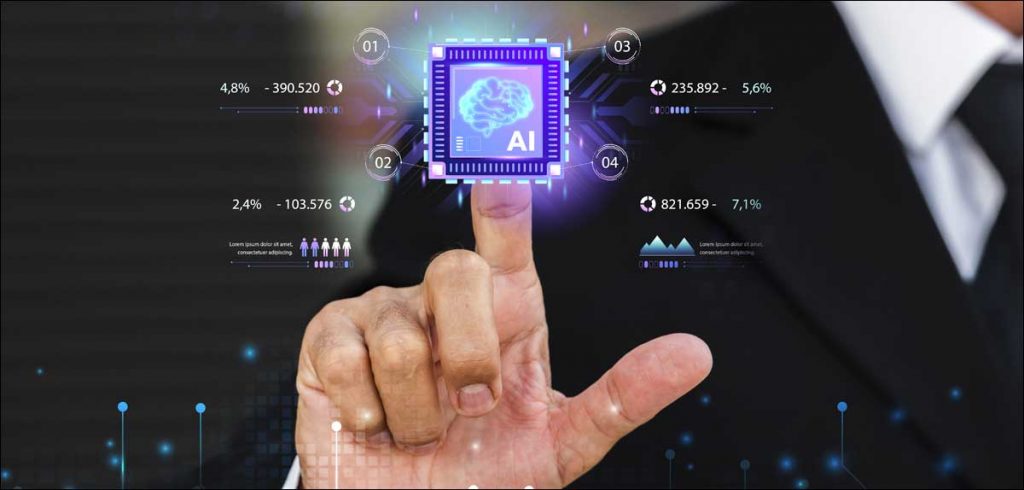






1 Comment
This is a really well-written and informative article! It provides a great overview of Edge AI and TinyML, from explaining the concepts to discussing their potential applications and challenges. I especially liked the use of relatable examples, like the smart toaster and the self-driving car, to illustrate these complex topics.
The future of Edge AI and TinyML is definitely exciting, and I’m curious to see how these technologies will continue to evolve and impact our daily lives. The ethical considerations around data privacy and security are important points, and I’m glad you mentioned them.
Overall, this is a great resource for anyone who wants to learn more about Edge AI and TinyML. Thanks for sharing!